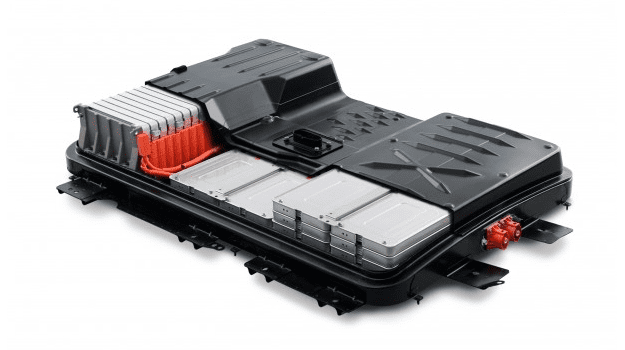We are encouraging questions from readers about electric vehicles, and charging, and whatever else you want to learn. So please send them through and we will get our experts to respond, and invite other people to contribute through the comments section.
I’d like to understand more about the physics of electric vehicle battery capacity – particularly the relationship between temperature and range. I know that at cold temperatures, range decreases, my understanding is this relates to efficiency of discharging, not storage capacity.
Is this correct, and does it follow that if say a battery is fully charged at 25 degrees, then cools overnight to say zero degrees (common in the Alice or Canberra) that the loss of range is not permanent – the range would increase as the temperature increases back to 25 degrees?
Cheers
Mike
Hi Mike – you are asking a rather curly question – to wit, what is the relationship between ambient temperature and EV range?
At one level the answer is simple: the new WLTP test cycle is run at 23 degrees Celsius (230C) precisely – so the ranges given by manufacturers are based on that temp. Cooling the car after charging but not using it, then returning to 230C will give full range back.
Now for the more complicated answer. At lower temperatures – EV batteries are based on a series of chemical reactions and, like most chemical reactions, the colder the reactants, the slower the reaction.
The theory goes that the reactions within the battery to produce electrical flow become less efficient when forcing them to deliver the same current at lower temperatures, hence the reduced range. (And vice-versa when charging – so it takes more energy to get a full charge when charging in the cold).
In the short-term, no damage done and upon returning to a ‘normal’ ambient temperature (i.e. 230C), the full range returns.
This is what I’ve found in 6 years of EV motoring with several EVs now, especially with my Leaf. In the Leaf I lose 10-15% of the range in winter even if I don’t use the heater (and 25% if I do!), but that range returns in the warmer months.
On a deeper level again, the answer required dabbling in the dark arts! To find the exact percentage decrease in range per degree fall in temperature is, er, akin to witchcraft. This is because:
- Different EV manufacturers use slightly different lithium chemistries in their batteries, so as each chemistry reacts to cold temperatures slightly differently, how any one model will react to cold is particular to that chemistry, plus
- Many EV manufacturers include heating/cooling systems within the battery casing, so the range decrease in cold weather may be due to that heating system, not the slowing of the chemical reaction. In fact the battery may well still be at optimal operating temperature at well below zero ambient: it’s just the heating system working harder and harder to maintain an optimal battery temperature that is causing the relationship between lower temperatures and shorter ranges.
- Some of these EV battery heating systems are better at maintaining the battery temperature than others – so the range loss could be a combination of a lower battery temperature (but not as low as ambient) PLUS the battery heater system use.
Therefore the answer to your question comes in several parts:
- Most EV batteries have heating systems – so charging/running in cold weather means the battery heating system is in use, thereby reducing range. The effect is either not directly related to battery operating at a cold ambient but rather to its heating system use; or may only be partly attributable to it by running cooler, but not at full ambient.
- For batteries without heating systems (Leafs, iMiEVs, most converted ICE to BEV vehicles) – the relationship between how cold it is and range reduction depends on:
- the chemistry mix of the battery,
- how old it is, (due to the effect of increasing internal cell resistance) and
- how hard you are driving it.
- Provided you don’t abuse the battery in extreme cold weather (either doing lots of fast-charges or extremely hard driving) – you are unlikely to do any damage to it and the full range will return in the spring.
To finish – having checked the tea leaves and sacrificed a goat to read its entrails – driving an EV at minus 60C will, on average, result in a 12% range decrease on ‘normal’ driving ranges.
Using the cabin heating system can result in an up to 40% range decrease. (Actually – I got these figures from the February 2019 ‘American Automobile Association Inc. Electric Vehicle Range Testing in relation to ambient temperature and HVAC use’ report. See: http://www.aaa.com/AAA/common/AAR/files/AAA-Electric-Vehicle-Range-Testing-Report.pdf )
In the meantime – happy to defer to the battery chemist readers here – but I did not want to go too far into chemistry-land, for fear of the editor putting at the top of this article: “WARNING: THIS ARTICLE CONTAINS EXPLICIT SCIENCE CONTENT”
Cheers
Bryce

Bryce Gaton is an expert on electric vehicles and contributor for The Driven and Renew Economy. He has been working in the EV sector since 2008 and is currently working as EV electrical safety trainer/supervisor for the University of Melbourne. He also provides support for the EV Transition to business, government and the public through his EV Transition consultancy EVchoice.

